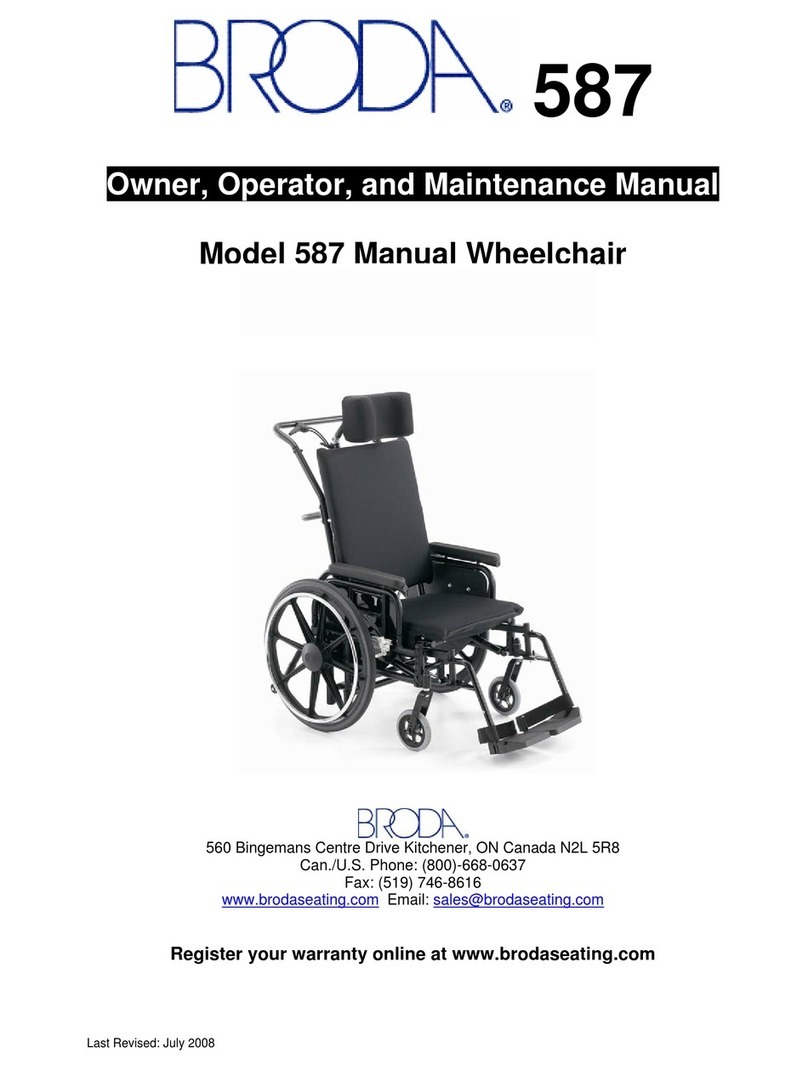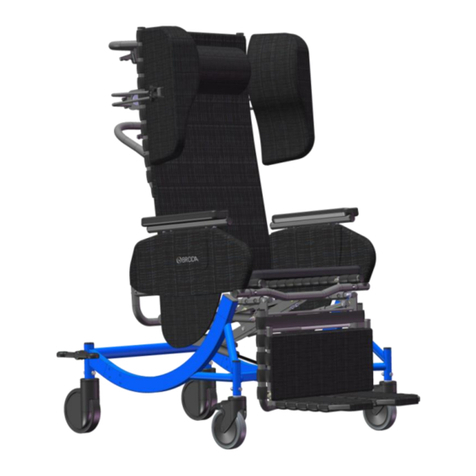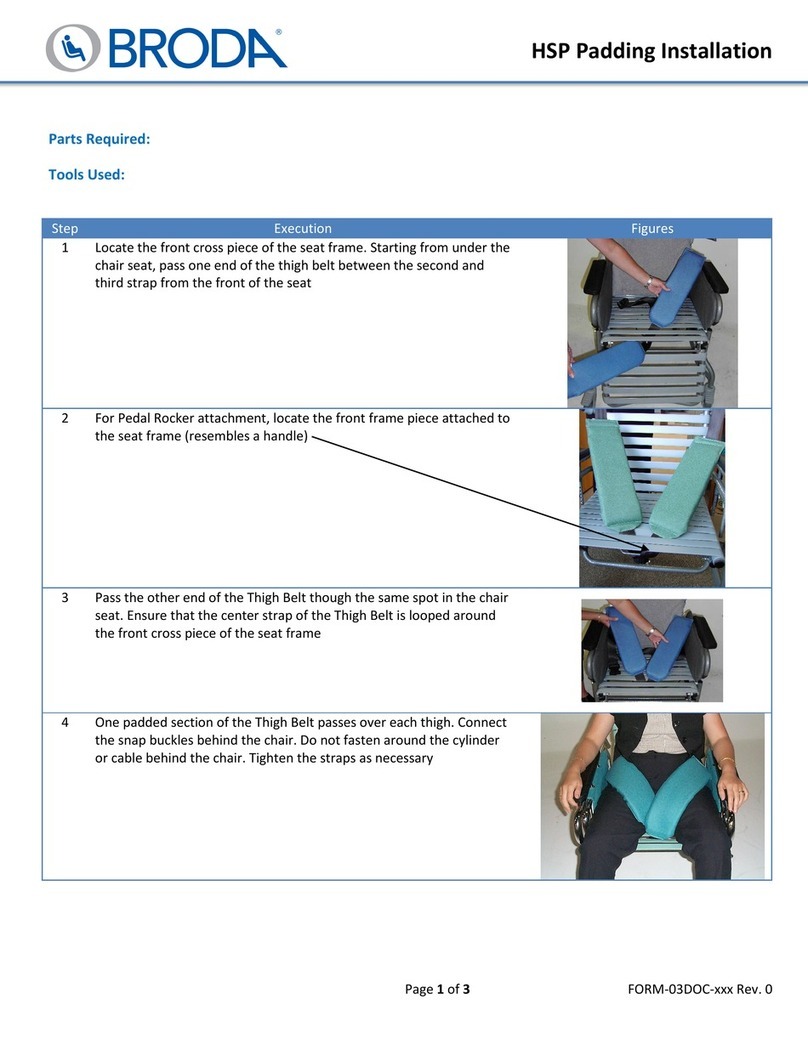
ii
Contents
FOREWORD.................................................................................................................................................................1
GENERAL INFORMATION........................................................................................................................................2
1DEFINITIONS ......................................................................................................................................................3
2SAFETY REQUIREMENTS ................................................................................................................................4
2.1 Training........................................................................................................................................................4
2.2 Application...................................................................................................................................................4
2.3 Shipping and Storage ...................................................................................................................................4
2.4 Pre-Service Check........................................................................................................................................5
2.5 Hazards ........................................................................................................................................................5
2.5.1 Position of Chair - “Danger of Falling”...................................................................................................5
2.5.2 Position of Seat Tilt - “Danger of Tipping”.............................................................................................5
2.5.3 Location of Chair - “Danger of Tipping or Falling Objects”...................................................................5
2.5.4 Total Lock Wheel Brakes - “Danger of Falling” .....................................................................................5
2.5.5 Re-Positioning of Resident - “Danger of Clamping”...............................................................................6
2.5.6 Unintended Movement - “Danger of Falling or Collision”......................................................................6
2.5.7 Resident Clothing - “Risk of Injury to Resident’s Skin” .........................................................................6
2.5.8 Improper Restraint Use - “Risk of Serious Injury”..................................................................................6
2.6 Improper Use................................................................................................................................................7
2.7 Cleaning .......................................................................................................................................................7
2.8 Maintenance.................................................................................................................................................9
2.9 Resident Specific Instructions....................................................................................................................10
3OPERATION AND MOVEMENT.....................................................................................................................11
3.1 Seat Tilt......................................................................................................................................................11
3.2 Back Recline (Optional on Mobility, Standard on Positioning).................................................................11
3.3 Elevating Leg Rest (Optional on Mobility, Standard on Positioning)........................................................12
3.4 Leg Rest Length Adjustment......................................................................................................................12
3.5 Wings (Optional on Mobility, Standard on Positioning)............................................................................12
3.6 Armrest Height Adjustment .......................................................................................................................13
3.7 Armrest Depth Adjustment ........................................................................................................................14
3.8 Seat Depth Adjustment ..............................................................................................................................14
3.9 Seat Height Adjustment .............................................................................................................................15
3.10 Casters........................................................................................................................................................16
3.11 Back Recline Installation and Removal .....................................................................................................16
3.12 Elevating Legrest Installation and Removal ..............................................................................................17
3.13 Swing Away Legrest Hanger Installation and Removal ............................................................................18
3.14 Push Bar Installation ..................................................................................................................................18
3.15 Side Panel Installation................................................................................................................................18
3.16 Accessories (Options) ................................................................................................................................19
3.17 Motor Vehicle Use (Vehicle Transport Package Option) ..........................................................................19
INSPECTION AND FUNCTIONAL TESTING ........................................................................................................23
Functional Testing...................................................................................................................................................24
4TECHNICAL INFORMATION..........................................................................................................................25
4.1 Specifications.............................................................................................................................................25
4.2 Labels.........................................................................................................................................................27
5COMMON TROUBLESHOOTING AND REPAIR ..........................................................................................28
5.1 Troubleshooting for Gas Cylinders............................................................................................................28
6WARRANTY......................................................................................................................................................30







































